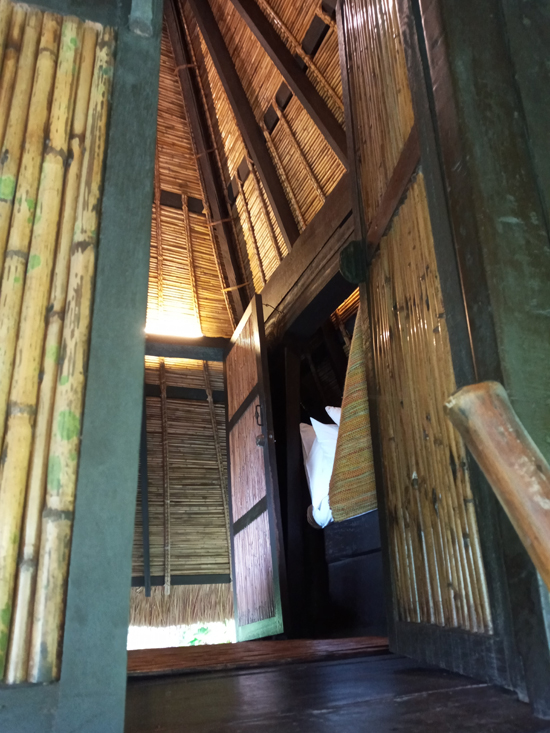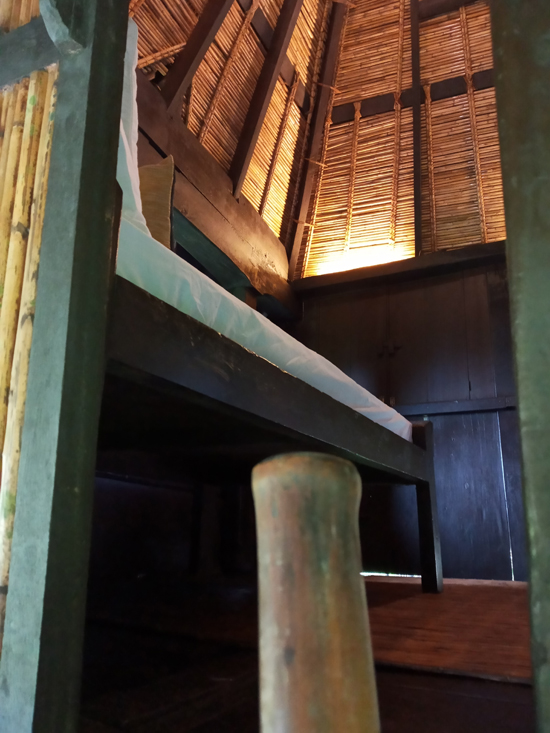The resourcefulness, creativity, and ingenuity of the Ifugaos can be seen in how they construct their homes. The native Ifugao hut, for example, is an architectural wonder. It can withstand typhoons, earthquakes, and other natural calamities. It serves as a cool habitat on summer days and a warm abode during the cold months.
We must not forget that the Ifugaos are the very same people who carved the rice terraces and presented the world with exquisite woodcarving and beautiful woven textile art. Their creativity and artistry are truly world-class. The Ifugao hut is to the Filipinos from the Mountain Province, as the igloos are to Eskimos and the teepees to the American Indians.
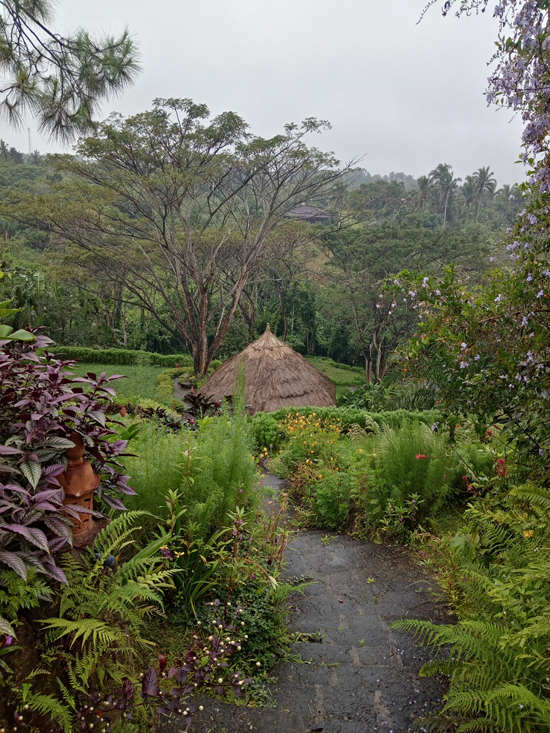
The bahay kubo is the first thing that comes to mind when one thinks of traditional Filipino houses. But aside from the bahay kubo and native Ifugao houses, there are many other admirable residential structures built by our ancestors. For example: the lean-to’s of the Agtas, the houseboats of the Badjaos, the Ivatan houses, the torogan of the Maranaos, and many more. Even before modern architecture came to the country, the Filipinos have displayed great architectural and engineering skills, as seen in the way they constructed their homes to adapt to the environment and offer protection to the inhabitants.
The Ifugao carpenters (munhabats) used available timber to build their homes. These were measured using their arms and fingers (dopah, dangan), and stained with string soaked in a solution before the wood is cut or sawed. Without using nails or bolts, the wood sections are pegged/mortised then tied together. Reeds and cogon grass are used as roofing.
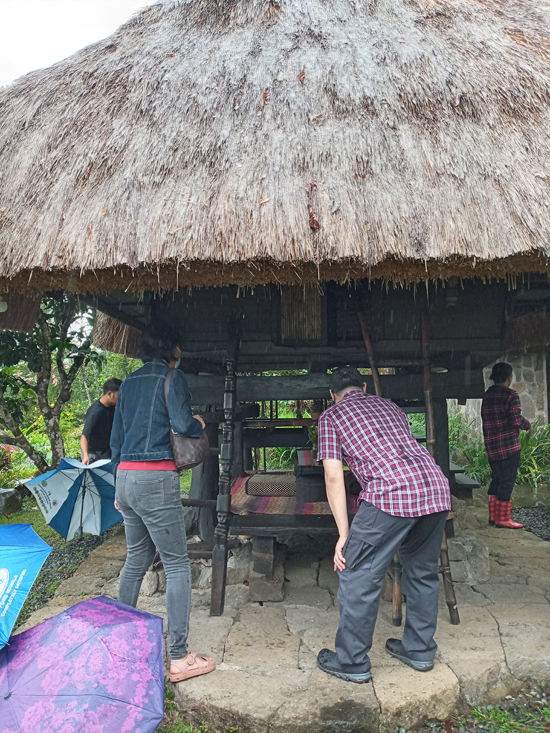
An Ifugao hut is a square, window-less abode that is elevated from the ground with the use of four sturdy and heavy posts. Rat-guards are built into the posts and the ladders are removable. Inside, there is a single room for sleeping and cooking, a fireplace, and an attic that serves as storage. The open space underneath is used for chores and entertaining.
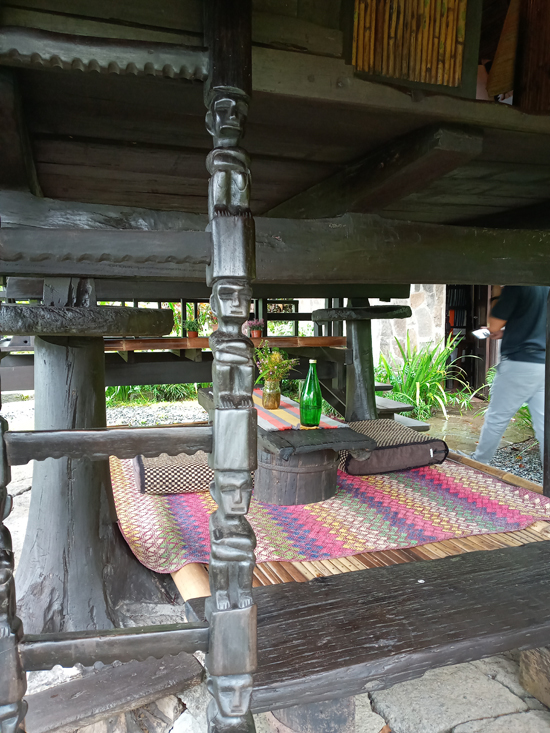
The authentic Ifugao huts are built simply but efficiently. They represent the rich culture of the Ifugaos, as well as the resiliency and resourcefulness of the Filipino people.
Some lodging establishments offer their clients the experience of staying overnight in an authentic Ifugao hut. There are even places like Shambala Silang that have modernized authentic huts to offer guests some of the modern comforts, like air conditioning and electricity.


